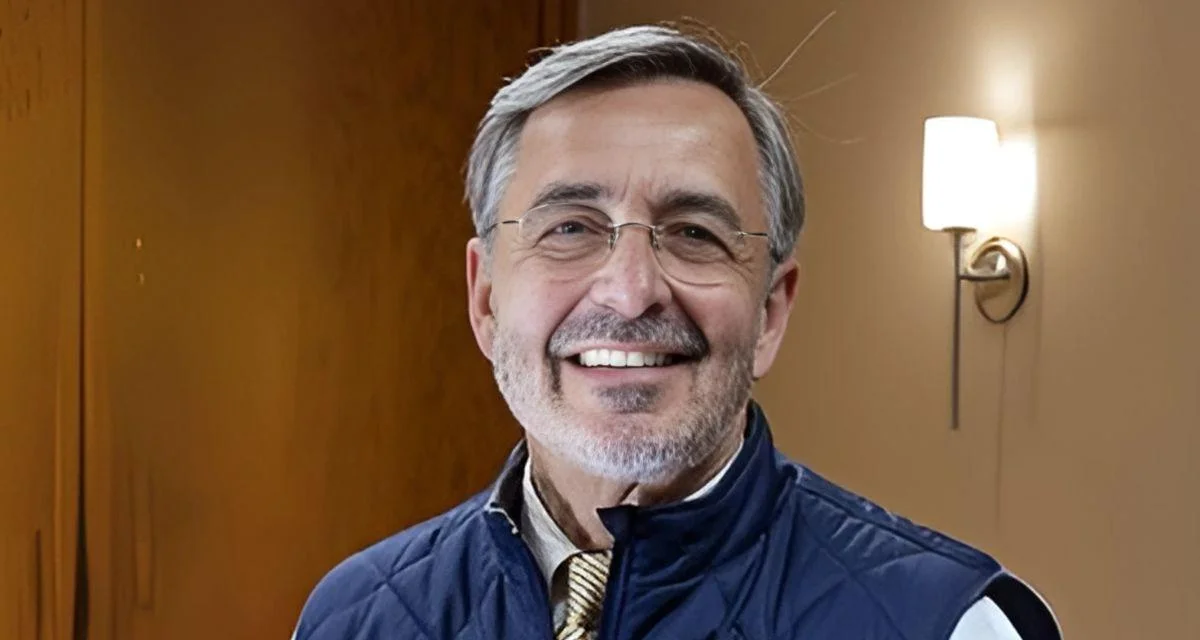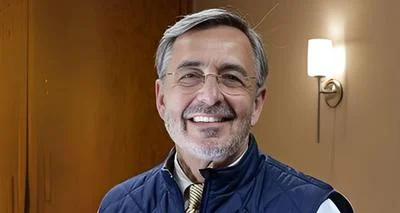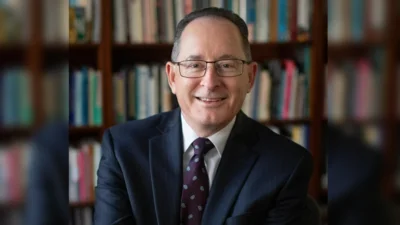Domenico Grasso, President of University of Michigan Ann Arbor | Wikimedia
Domenico Grasso, President of University of Michigan Ann Arbor | Wikimedia
Researchers at the University of Michigan have published a study examining the complex decisions facing U.S. communities as the country considers increasing domestic cobalt mining to support decarbonization and technological needs.
The study, led by former undergraduate Chava Makman and U-M research faculty member Brandon Marc Finn, used qualitative interviews to explore how an Idaho community is weighing the benefits and drawbacks of a proposed cobalt mine. The findings were published in Resources Policy.
“We found through our interviews that, generally, respondents did not view mining as clearly good or bad,” Makman said. “There are trade-offs, no matter what, and answering questions about whether to mine an area or not will never be a black-and-white decision.
“As energy initiatives increase, no single country should be relied on to satisfy the complete demand of these minerals. So here’s this question of, ‘Could U.S. domestic mining diversify these supply chains, even if it could never, with our limited reserves, fully satisfy that demand?'”
Finn added that the process of decarbonization raises both moral and political questions: “It is our job as researchers to consider the trade-offs and think through who stands to be most heavily impacted by mining, and why this is the case,” he said.
Cobalt plays a crucial role in rechargeable batteries for electronics and electric vehicles. In 2022, an Idaho cobalt mine opened but soon closed after global prices fell. Although about 1 million tons of cobalt have been identified in the United States compared to roughly 120 million tons worldwide, most global production comes from the Democratic Republic of Congo (DRC), which supplies around three-quarters of mined cobalt.
Recent federal policies have encouraged more domestic mining efforts due to concerns over reliance on Chinese-controlled supply chains for critical minerals. However, increased mining brings environmental risks and potential social impacts for local communities.
The University of Michigan study involved 32 interviews with individuals knowledgeable about or affected by cobalt mining near Idaho Cobalt Organization sites. Participants included people from advocacy groups, universities, industry representatives, Native American tribes, research institutes and local residents.
Interviewees highlighted economic opportunities from new jobs but also raised concerns about environmental damage and China’s dominance in mineral supply chains. The researchers pointed out that 68% of U.S. cobalt reserves are located within 35 miles of Indigenous reservations—a fact requiring careful consideration regarding Indigenous rights.
“One of the trade-offs that’s really necessary to consider is Indigenous rights and access to land,” Finn said. “One of the interesting points to note from our work is that we shouldn’t treat community groups as monolithic. Many interview respondents were Indigenous people who were pro-mine, just as there were some against mining. We cannot and should not essentialize groups of people based on the views we may think they hold because of their identities.”
Makman noted examples where members of Indigenous communities described negative past experiences with disrespect toward treaties or sacred sites but also mentioned possible advantages such as employment or community benefit programs related to new mines.
The authors concluded that achieving national decarbonization goals will require making difficult decisions about how—and where—to extract key minerals like cobalt needed for renewable energy technology. As one conservation organization respondent put it: “There are no right answers in the renewable energy transition, only trade-offs,” adding: “Do we mine various small areas knowing they’re going to be negatively affected ecologically for the next 300 years if it’s in order to save the planet?”






 Alerts Sign-up
Alerts Sign-up